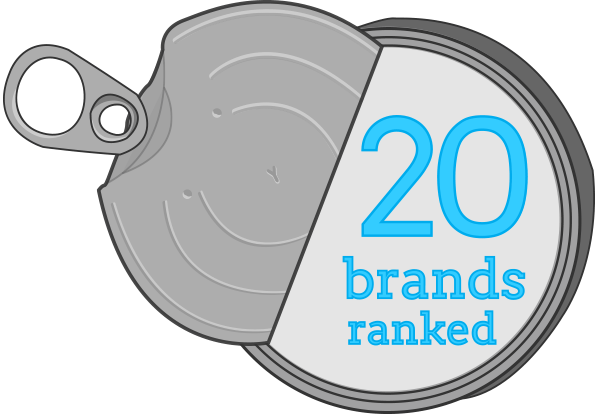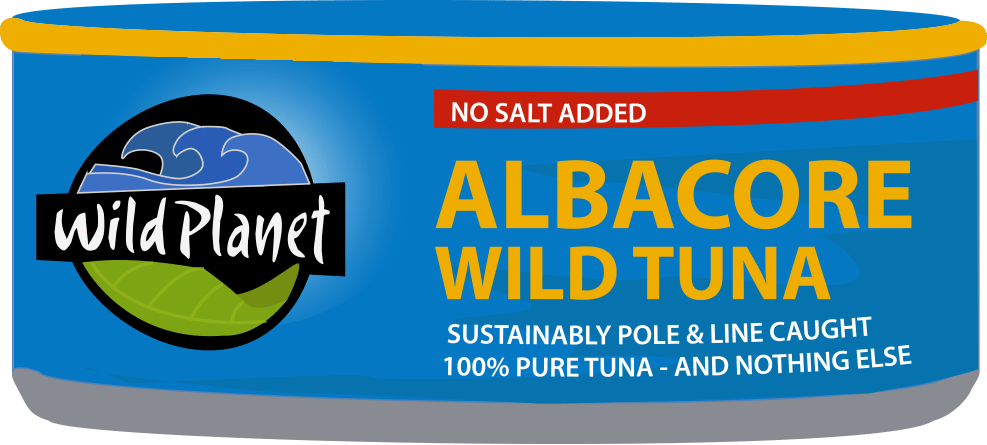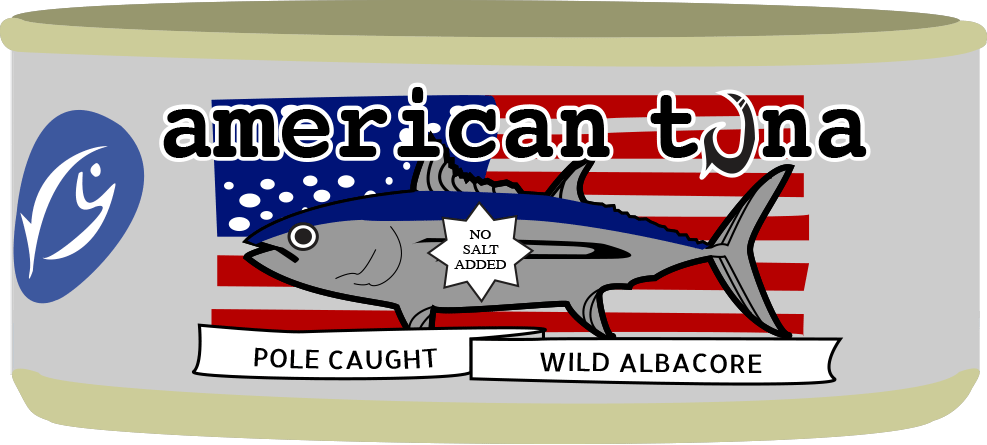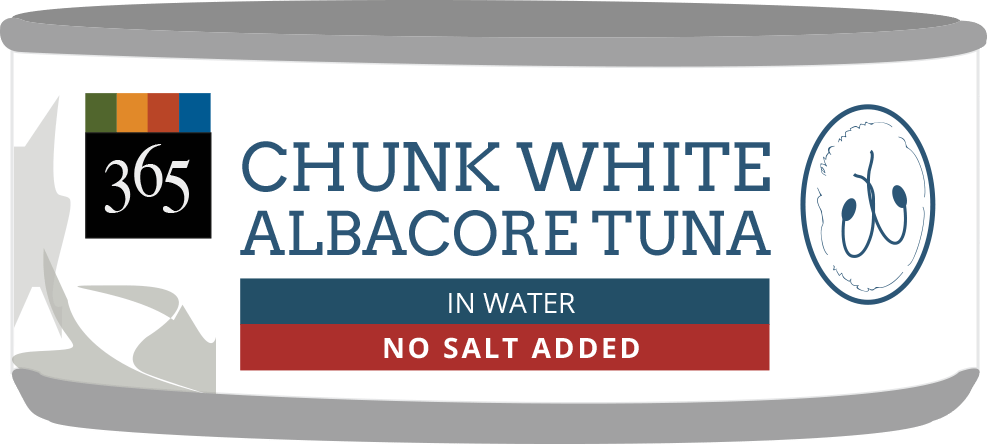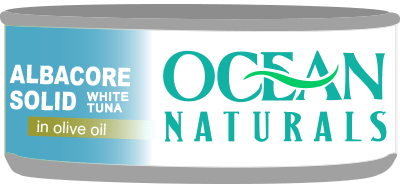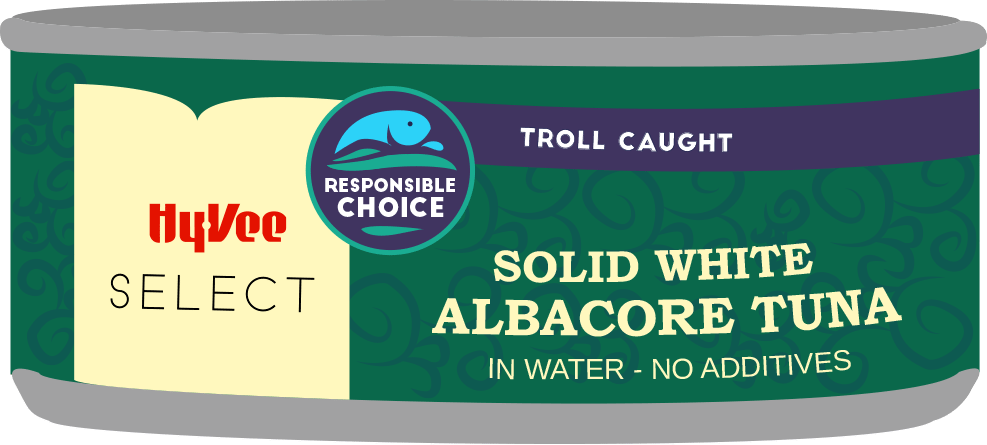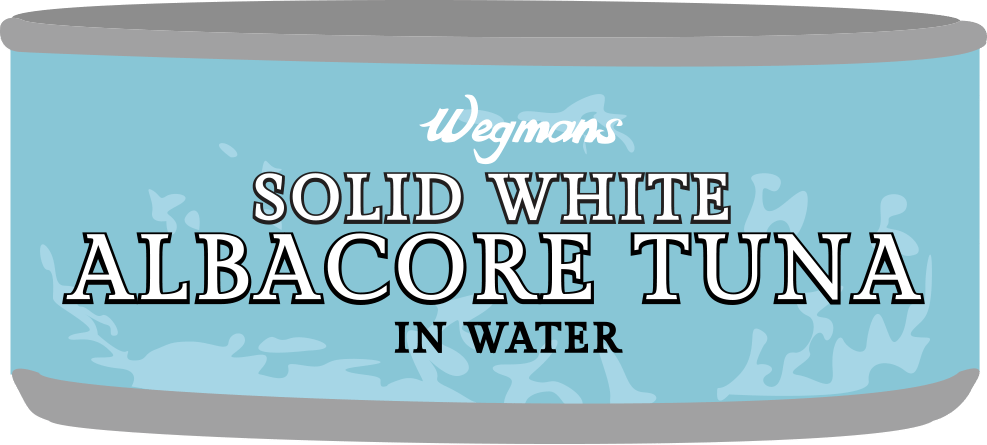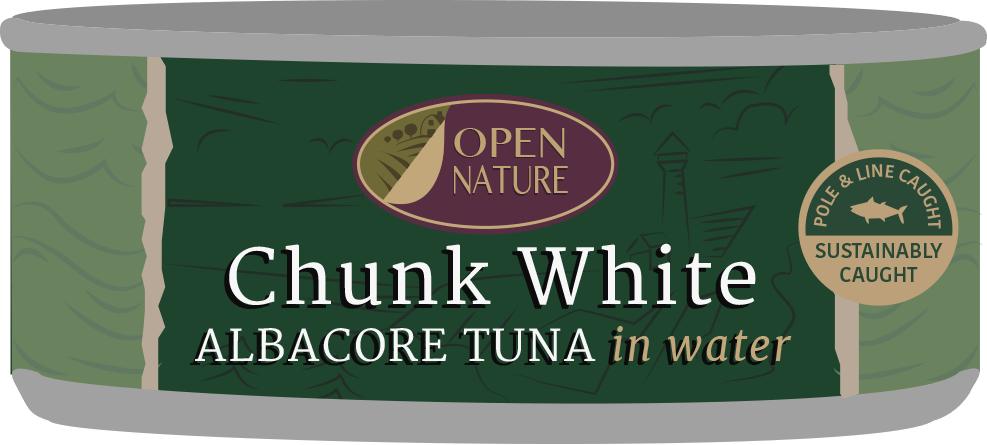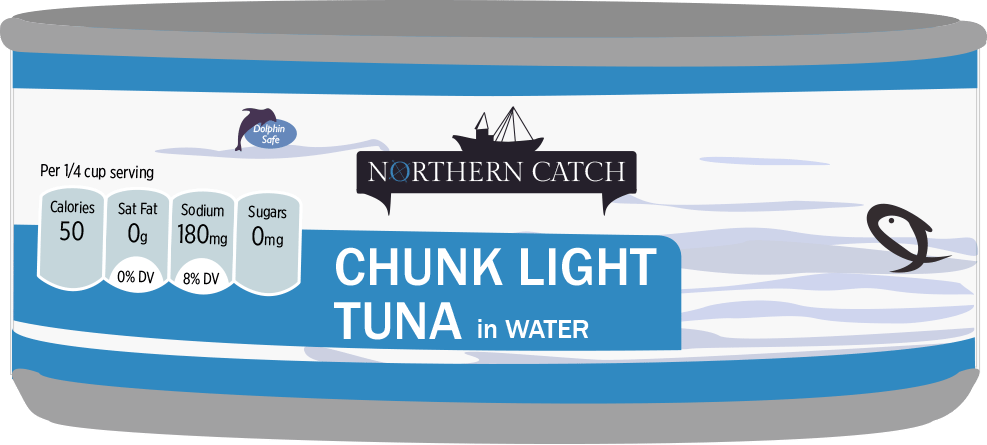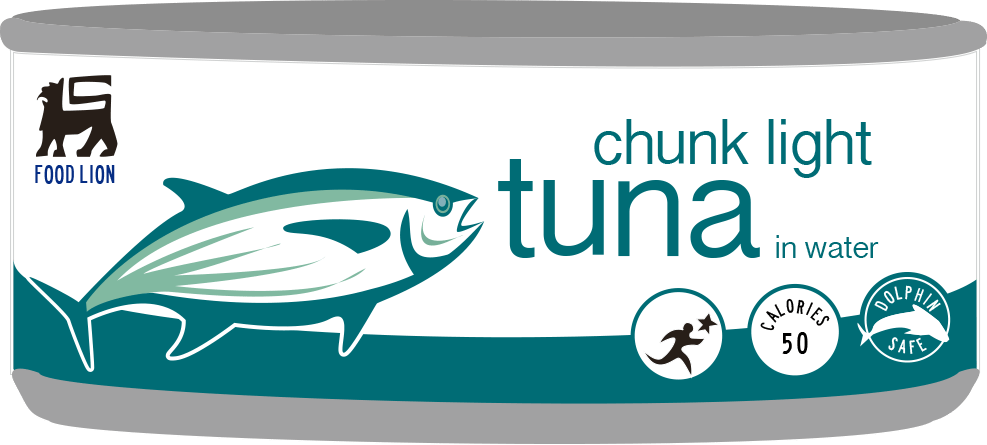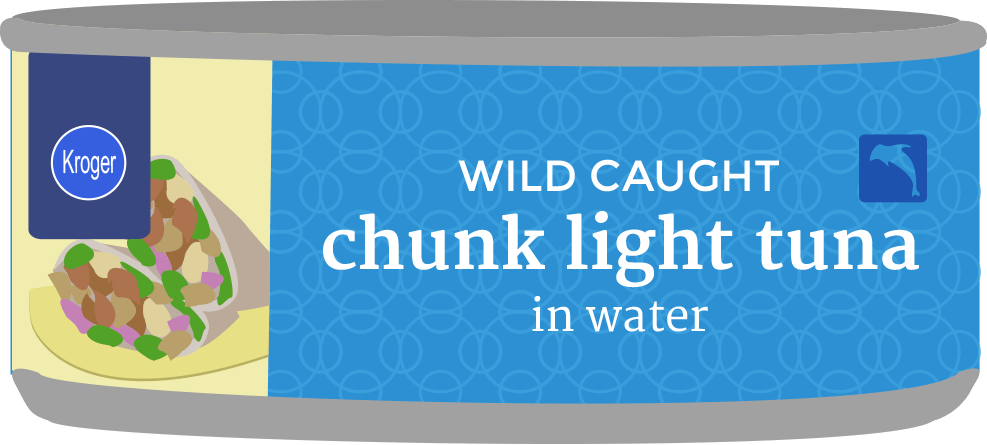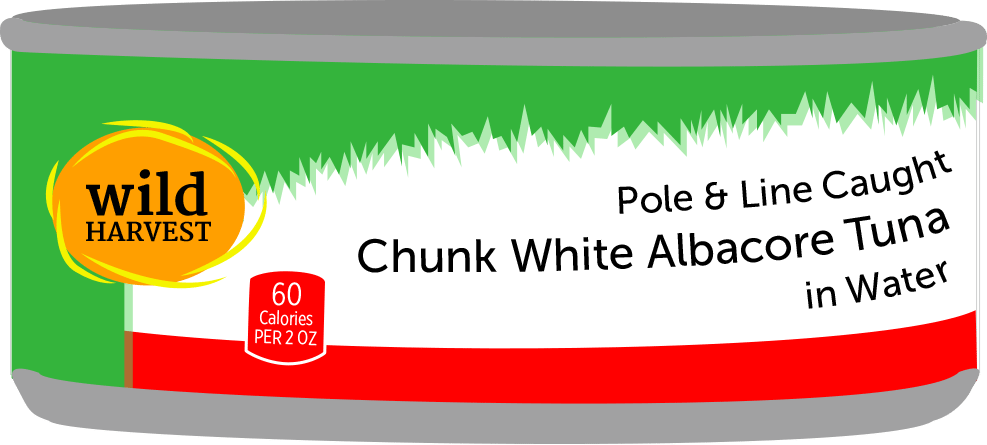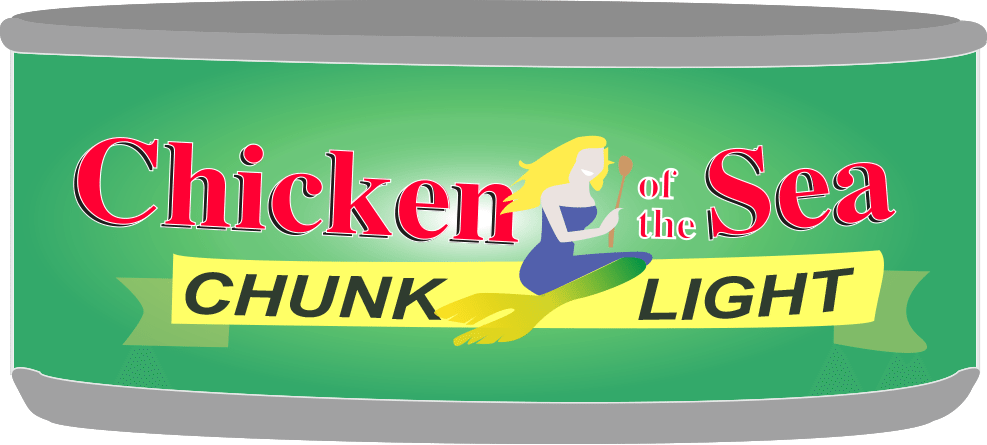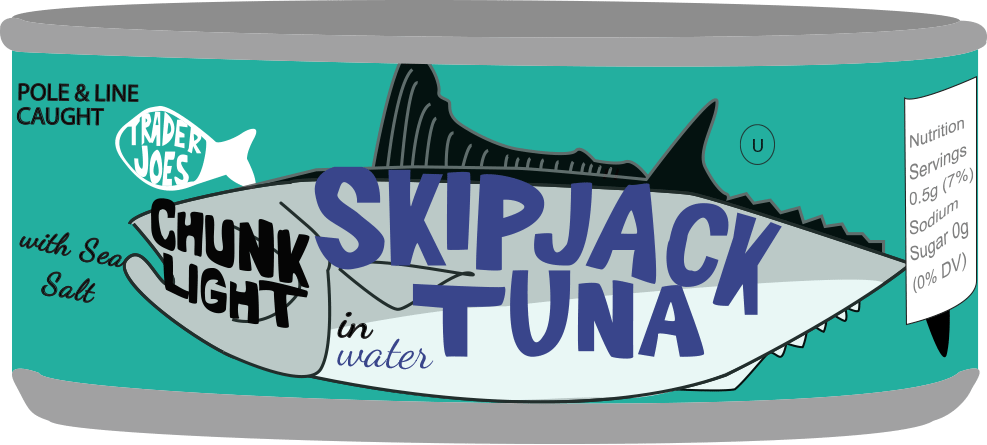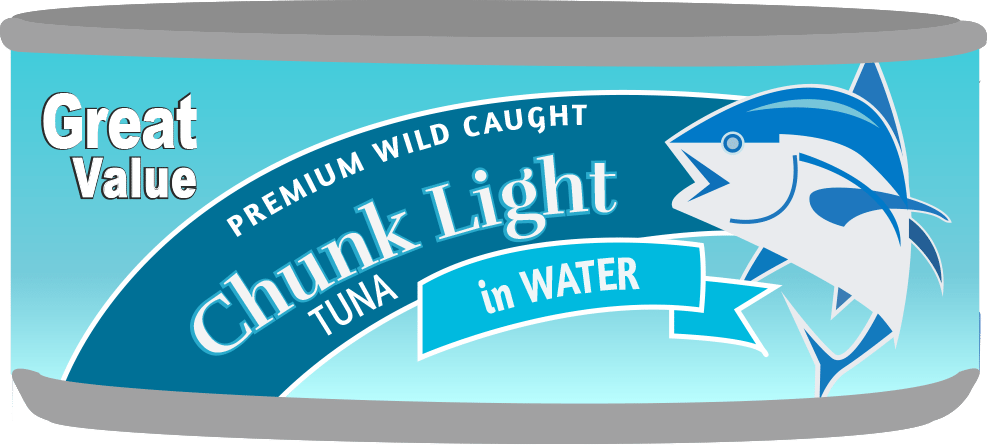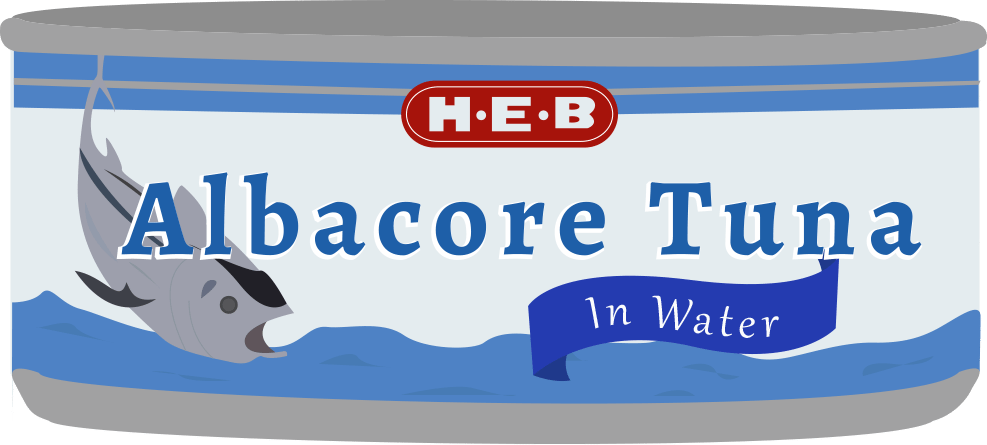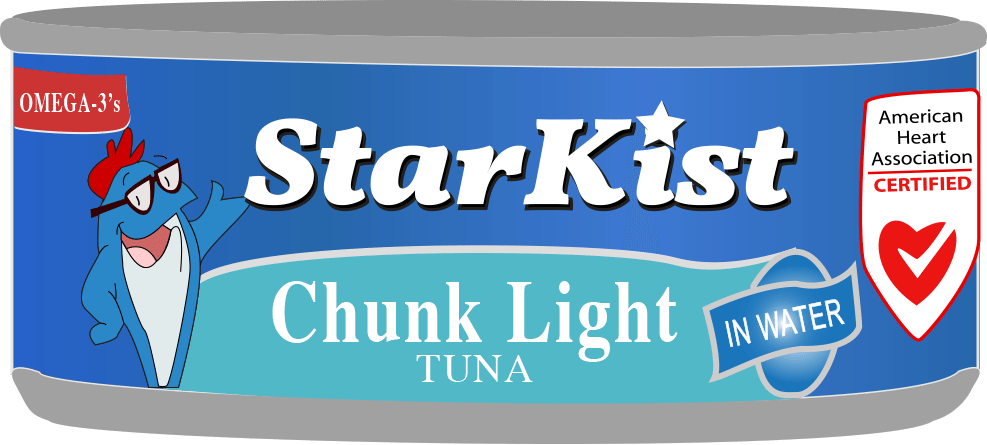
Kopi Luwak Indulgence Pack
Price: $349
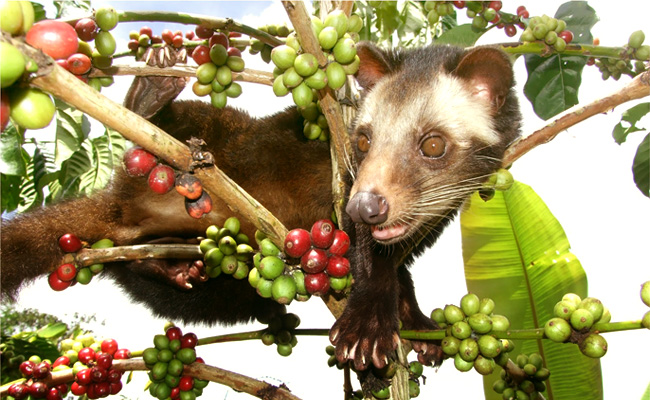 |
| What they want you to believe |
|
"Kopi Luwak Gold Label
beans are sourced from the Bengkulu plantations in Southwestern
Sumatra, Indonesia, where freely roaming wild palm civets can choose the
best and the ripest coffee berries through a process of natural
selection. Digestive mechanisms enhance the flavor of the ingested whole
coffee beans, resulting in an orange winey flavour with a hint of
roasted truffles."
Do you really believe they have workers walking around collecting Civet "dropping?" Or is this the more likely truth?
 |
| Wikipedia |
Kopi Luwak is also known as
caphe cut chon (fox-dung coffee) in Vietnam and
kape alamid in the Philippines. It is
coffee that is prepared using
coffee cherries that have been eaten and partially digested by the
Asian palm civet, then harvested from its fecal matter.
[6][7]
The civets digest the flesh of the coffee cherries but pass the beans
inside, leaving their stomach enzymes to go to work on the beans, which
adds to the coffee's prized aroma and flavor.
[6] 0.5 kg (1 lb) can cost up to $600 in some parts of the world and about $100 a cup in others.
[8]
A 2012 investigation by
The Guardian newspaper found
Indonesian
civets held separately in cramped cages. The animals were force-fed a
debilitating diet of coffee cherries in conditions described by the
Traffic charity as "awful" and "horrific".
[9] There is a campaign under way to encourage "ethical civet coffee".
[10] Evidence suggests that the SARS virus crossed over to humans from
Asian palm civets ("civet cats") which raised concerns over the safety of civet coffee.
[11][12]
